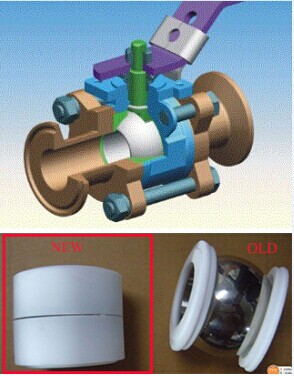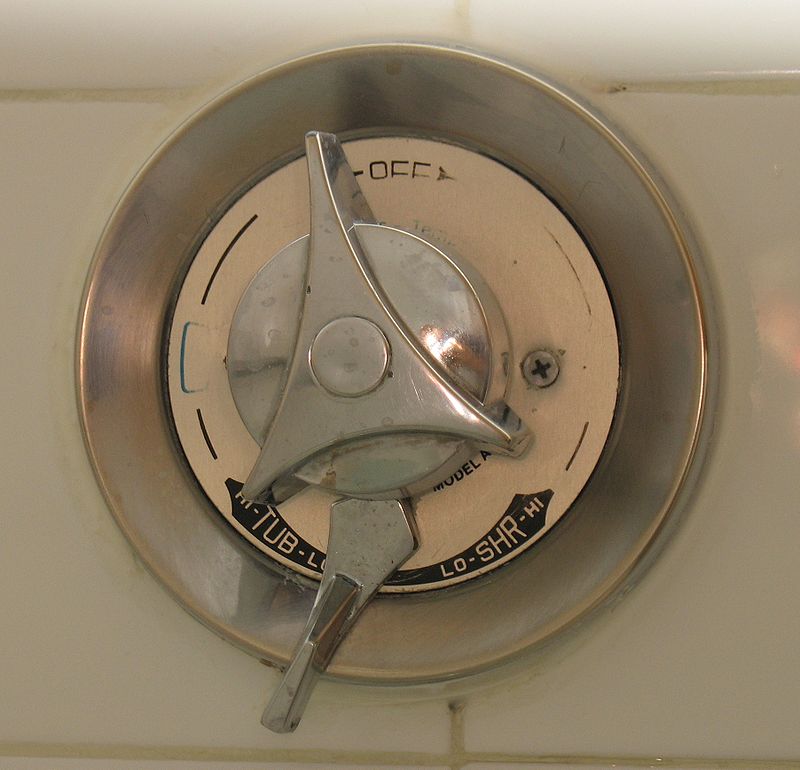Taps as Sanitary Fittings in Bathrooms

Water for baths, sinks, and basins can be provided by separate hot and cold faucets; this is common in older installations, especially in public toilets/washrooms and service rooms/laundries.
In kitchens and bathrooms, mixers are commonly used. In this case, the hot and cold water from both valves is mixed before reaching the outlet, allowing the water to emerge at any temperature between that of the hot and cold water supplies. Mixing faucets were invented by Thomas Campbell of Saint John, New Brunswick, and patented in 1880.
For baths and showers, mixer taps frequently incorporate some sort of pressure balancing feature so that the hot/cold mixture ratio will not be affected by transient changes in the pressure of one or other of the supplies. This helps avoid scalding or uncomfortable chilling as other water loads occur (such as the flushing of a toilet).
Rather than two separate valves, mixer taps frequently use a single, more complex, valve controlled by a single handle. The handle moves up and down to control the amount of water flow and from side to side to control the temperature of the water.
Especially for baths and showers, the latest designs are thermostatic mixing valves that do this using a built-in thermostat and can be mechanical or electronic. There are also taps as sanitary fittings with color LEDs to show the temperature of the water.





